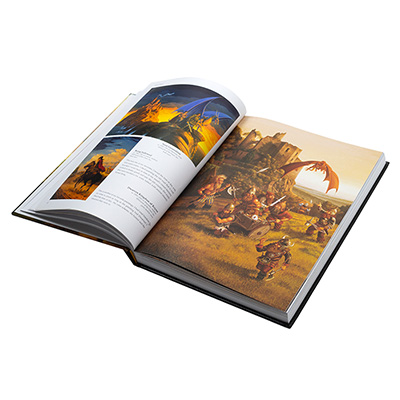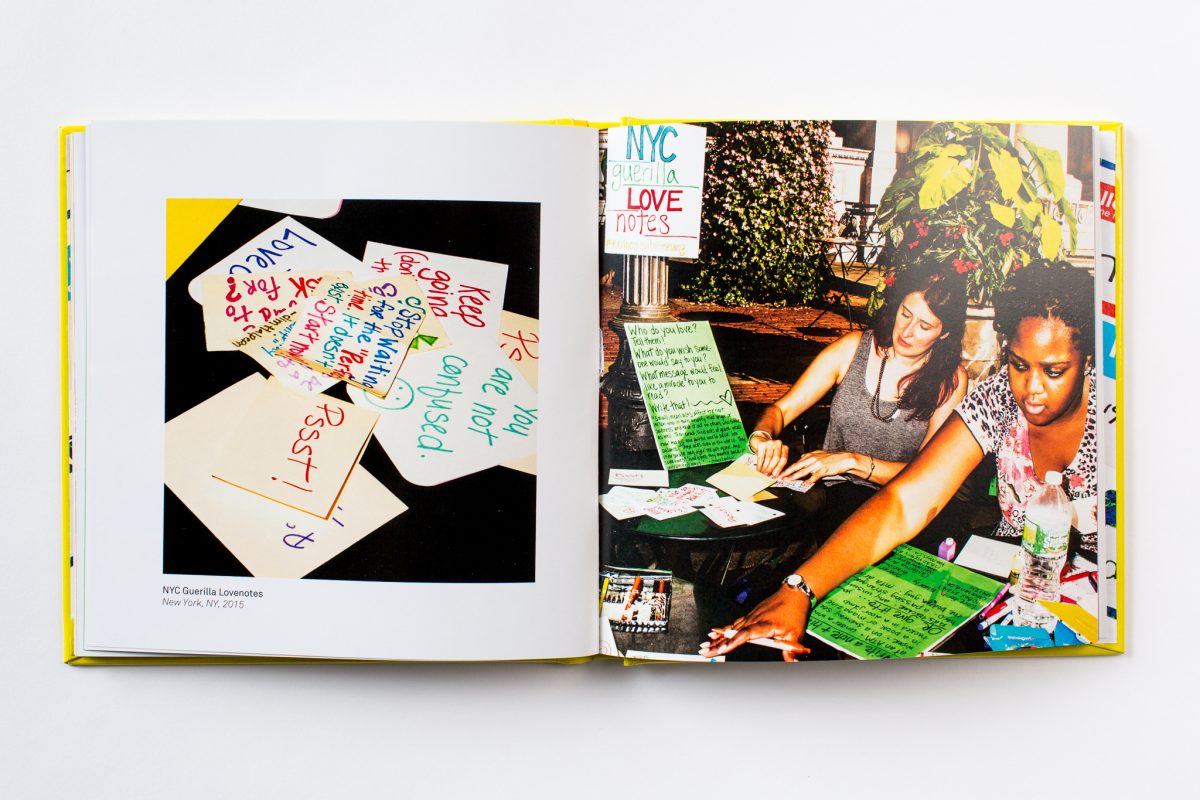Top Errors That Hurt When Printing an art book
Top Errors That Hurt When Printing an art book
Blog Article
Comprehending the Refine Behind High-Quality Art Book Printing for Art Lovers
When it comes to top quality art book printing, recognizing the ins and outs of the procedure can raise your gratitude for the last item. As you discover the numerous components of art book printing, you'll uncover insights that can change your perspective on art conservation and discussion.
The Significance of Paper Choice in Art Book Printing
When it involves art book printing, the selection of paper can make or break the last product. You want your artwork to radiate, and the right paper enhances color vibrancy and information. Think about elements like weight, texture, and finish; these elements considerably impact exactly how viewers view your job.
As an example, a much heavier supply communicates top quality and sturdiness, while a distinctive finish can include depth to images. Smooth paper is outstanding for detailed recreations, enabling great lines and refined tones to show up crisp.
Do not fail to remember concerning the paper's brightness; a brighter sheet can help colors pop, making your art much more attractive. You'll also desire to consider just how the paper interacts with inks and whether it can handle the printing procedure without warping or bleed-through. Ultimately, selecting the best paper sets the stage for your art, guaranteeing it captures the target market's attention equally as you envisioned.
Selecting the Right Inks for Vivid Recreations
Selecting the ideal inks is just as important as picking quality paper to attain vivid reproductions in your art book. When you're printing artwork, you desire shades that stand out and accurately represent the initial item. Choose for inks with a high pigment concentration; these tend to create richer and much more saturated shades.
You may consider utilizing historical inks, which resist fading with time, guaranteeing your art book continues to be as striking as the day it was printed. If you're collaborating with photographs or electronically produced art, pigment-based inks can offer a larger shade gamut, improving detail and deepness.
Don't forget the coating! Matte and shiny inks can drastically change the appearance of your art work, so consider the appearance you're aiming to attain - art book. Ultimately, the appropriate ink selection complements your paper selection, developing a magnificent aesthetic experience for your readers
The Function of Shade Management in Publish Quality
Shade monitoring plays a vital function in achieving high print high quality for your art book. It guarantees that the shades you see on your display convert precisely to the printed web page. Without reliable color management, your vibrant art work might show up boring or distorted, weakening your creative vision.
To begin, calibrate your screen routinely. This action aids preserve consistent shade depiction. Next, use shade profiles customized for your printer and paper kind. These profiles lead the printer in replicating colors precisely, lowering discrepancies in between electronic and published versions.
When you prepare your data, think about making use of a shade area like Adobe RGB or CMYK, depending on your printer's requirements. Always proof your job, also; an examination print can reveal any potential color concerns prior to the last run. By focusing on color administration, you protect the integrity of your art, guaranteeing your audience experiences it as you planned.

Comprehending Various Binding Strategies
Accomplishing the best look for your art book goes beyond color administration; binding techniques likewise play a substantial role in its general discussion and resilience. You have several choices to evaluate, each with its very own one-of-a-kind characteristics.
If you're intending for an expert feel, situation binding provides a strong alternative with a difficult cover, best for showcasing your art work. On the other hand, excellent binding provides a flexible spinal column while keeping prices down, making it a preferred selection for softcover publications.
Spiral binding enables your art book to lay level, which is great for displaying pictures without blockage. Saddle stitching is optimal for smaller sized pamphlets, providing a tidy finish without the bulk.
Eventually, the binding strategy you pick need to mirror your artistic vision and exactly how you desire visitors to engage with your work. Make certain to weigh these choices carefully to achieve the ideal outcome for your project.
The Influence of Publish Dimension and Design on Presentation
While the choice of print size and layout may appear additional to content, they significantly affect just how your art work is perceived. The dimensions of your prints can either boost or reduce the impact of your pieces. Larger prints can attract audiences in, permitting them to appreciate elaborate information, while smaller styles may call for even more intimate engagement.

Preservation Strategies for Durable Art Books
To assure your art publications stand the examination of time, it's necessary to execute effective conservation strategies. Start by storing them in a great, completely dry setting, far from direct sunlight and moisture. This protects against fading and warping, maintaining your web pages undamaged. Use acid-free storage space boxes or safety sleeves to protect them from dust and physical damage.
When managing your books, always clean your hands or put on cotton handwear covers to prevent oils and dust moving onto the web pages. Prevent flexing or wrinkling the backs; rather, utilize book supports when presenting them.
For included security, take into consideration investing in archival-quality materials for any type of repair work or enhancements. Consistently examine your collection for signs of wear or damages, addressing problems quickly. By following these simple strategies, you can ensure your art books stay dynamic and available for years ahead, preserving their charm and value for future generations.
Teaming up With Printers for Optimal Results
When you prepare to publish your art book, picking the right printer is vital to accomplishing your vision. Clear interaction concerning your expectations and needs will assist guarantee that both you and the printer get on the same page. Let's explore exactly how to make this partnership as smooth and effective as feasible.
Picking the Right Printer

Effective Interaction Strategies
Efficient interaction is important for turning your art book vision right into reality, particularly when teaming up with printers. art book. Beginning by clearly describing your project's goals, consisting of layout aspects, favored products, and any type of details printing methods. Don't wait to share your motivations and recommendations; this aids the printer understand your aesthetic
Establish up normal check-ins to talk about progression and attend to any concerns. Use visuals, like mock-ups or examples, to share your ideas more efficiently. Be open to responses, as printers often have useful understandings that can enhance your job. Finally, keep a positive relationship by being considerate and satisfied of their experience. This collaboration will guarantee that your art book meets your expectations and radiates in its final form.
Frequently Asked Concerns
What Are Usual Mistakes to Prevent in Art Book Printing?
When printing your art book, avoid usual errors like poor resolution photos, inaccurate color accounts, and disregarding web page design. Don't neglect to proofread and double-check details to verify your last item fulfills your expectations.
Just How Does Digital Printing Differ From Conventional Printing Techniques?
Digital printing uses digital documents to develop prints directly, allowing for quicker turn-around and modification. On the other hand, typical approaches involve physical plates, which can be lengthy and less versatile for small runs or unique layouts.
What Is the Normal Turnaround Time for Art Book Printing?
The normal turn-around time for art book printing differs, yet you can anticipate it to take this article anywhere from a few weeks to several months. Elements like intricacy, quantity, and printing approach all affect this timeline.
Can I Print a Restricted Version Art Book Financially?
You can publish a minimal edition art book financially by picking economical materials, maximizing print runs, and making use of digital printing alternatives. Careful planning and budgeting will aid you achieve top quality without overspending.
What Are the Environmental Considerations in Art Book Printing?
When thinking about art book printing, you ought to think of green products, lasting inks, and energy-efficient processes (art book). Choosing regional check this site out printers can likewise lower your carbon footprint, making your job both lovely and ecologically accountable
Report this page